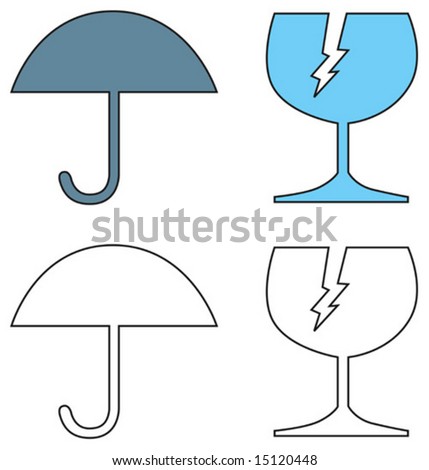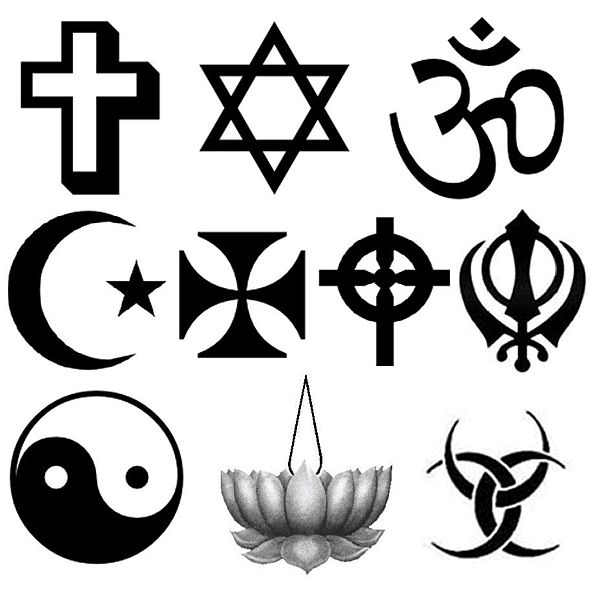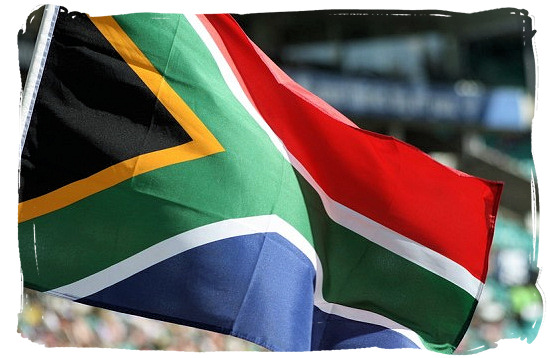The first types of jewellery made was from natural materials (bone, stones, wood, shells) and was used for functional purposes e.g. the fastening of clothes. It developed into a symbol - portraying personal wealth and religion/social groups and for protection (people believed that certain metals/stone had a power/magical force behind it. Today it had developed into an accessory/artistic display.
DIFFERENT TYPES/STYLES
THROUGH HISTORY
- EGYPTIAN (between 3,000-5,000 years ago) - they preferred GOLD over all other metals. Jewellery in Egypt became symbols of power, religious power and wealth within a community. The jewellery was worn in life and death (it was placed in their graves with them)
- GREECE - used GOLD and GEMS around 1600BC - starting using coloured jewellery e.g. amethysts, pearly and emeralds. Also started making jewellery with silver, ivory, bronze and clay
- ROME - more diverse. Most common form of jewellery was the BROOCH. They used a more diverse range of materials e.g gold, bronze, bone, glass beads and pearls.
- MIDDLE AGES - more clothing fasteners and signet rings. The Celts concentrated more on continuous patterns.
- RENAISSANCE - topaz, amazonite, spinel,, Indian ruby, turquoise, peridot, opal, garnet and amethyst
- ROMANTICISM - public fascination with the treasures being discovered had an impact as well as the Industrial Revolution = costume jewellery. The founding of TIFFANY & CO in 1837
- JEWISH - decoration and symbol - worn to show affection for the religion e.g. the star of David, the Hamesh hand, the Evil Eye
- ASIA - use of silver decorated with their favourite colour. Kingfisher feathers were tied to the jewellery later on; blue jems and glass were also used as well as diamons (became a new fashion)
- INDIA - continuous developments in jewellery and designing for 5000 years - gold earings, neaklaces, bead neaklaces and metalic banbles. There was a large bead trade before the use of metal came about in jewellery. (deep red stones). Today in India the bangles are made out of metal or galss with thin bands of gold. Different types of jewellery worn; forhead, earings, brooches, chokers, hair and gold rings
- AMERICAN - south American gold (aztec), jade, gold, silver, bronze and copper as well as shells, wood, turquoise, oyster shells and soapstone
- MODERN - started after the war in the 1940's - interest in artistic and leisurelt persuits - the concept of 'wearable art' grey. The creation of new materials e.g. plastics, metal clay, colouring techniques = variety of styles. There was an improvement in the quality of artificial gems.
GEMSTONES
- Diamond
- Amber
- Amethyst
- Emberald
- Jade
- Jasper
- Quartz
- Ruby
- Sapphire
- Turquoise
METALS
- plated gold/silver
- gold
- silver
- bronze
OTHER MATERIALS
- bone/teeth
- stone
- wood
- leather
- plastic
- feathers
- beads
- shells
- ivory
- clay
- polymer clay
- glass
- coral
THE CROWN JEWELS
The British crown jewels are the greatest working collection of Crown Jeweles in the world and are a symbol of the British monarch
23,578 gems make up the Crown Jewels, including the glistening Imperial State Crown, which alone has 2,868 diamonds, 273 pearls, 17 sapphires, 11 emeralds and 5 rubies.
2 PARTS to the categories - 5 are to do with the material which the jewerly is made from e.g. gold, and the other 5 refer to the origin/style e.g. egyptian. I have renamed the material categories to help them stand out and be more memorable e.g. liquid sun
CATEGORIES
GOLD - (LIQUID SUN)
SILVER - (LIQUID MOON)
BEADS/GLASS (ICE/FRAGILE)
GEMSTONES (TREASURE)
RECYCLED (RE-VAMP)
RELIGIOUS
SENTIMENTAL/VALUE
AFRICAN
INDIAN
EGYPTIAN



































No comments:
Post a Comment